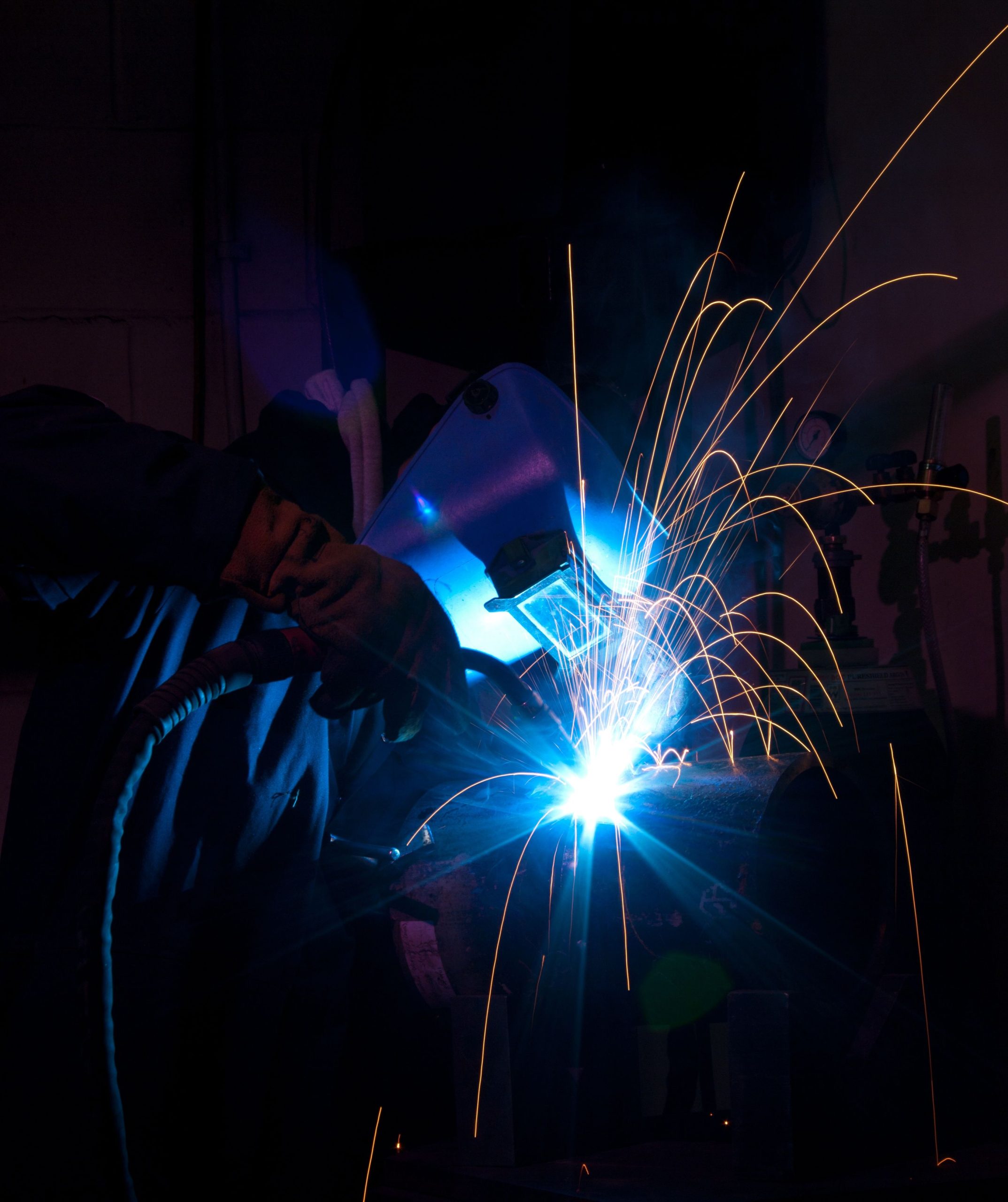Every component used in a medical device must pass rigorous safety, reliability, and performance benchmarks. When joining ultra-small or delicate parts, Medical Laser Welding enables manufacturers to create high-purity, defect-free welds that meet stringent FDA and ISO standards. Whether used in minimally invasive tools or implantable devices, the process plays a vital role in ensuring patient safety and product longevity.
Enhancing design without sacrificing durability
One major benefit of this welding technique is its ability to produce strong, localized joints without affecting surrounding components. Because Medical Laser Welding utilizes a tightly focused beam, it minimizes heat-affected zones, preserving the structural and biological integrity of base materials. This is especially critical for surgical instruments or implants where longevity and compatibility with bodily tissues are essential.
Smaller parts, tighter tolerances
As medical technology continues to shrink in size while growing in capability, the welding methods must follow suit. From endoscopic tools to cardiac sensors, device miniaturization requires joints smaller than the human eye can detect. With its sub-millimeter precision, Medical Laser Welding allows engineers to create tiny assemblies without sacrificing strength or alignment. According to a report by Allied Market Research, the medical laser technology market is expected to reach $19.6 billion by 2032, fueled by demand for precision manufacturing.
Preserving cleanliness during the joining process
Sterility is paramount in medical manufacturing, especially for equipment that comes into direct contact with the body. This process produces virtually no spatter, fumes, or surface contamination, making it ideal for cleanroom environments. Unlike traditional fusion techniques, Medical Laser Welding doesn’t require flux or filler material, which reduces the risk of introducing foreign substances into sensitive components.
Customizable energy control for specialized devices
Different medical materials—titanium, stainless steel, nitinol—respond uniquely to heat. With programmable waveform profiles, pulse control, and wavelength selection, medical laser welding adapts to these variables with ease. The laser’s intensity, duration, and frequency can be tailored to suit each application, allowing welds to be completed with exceptional control and repeatability across every production run.
Advancing innovation through precision manufacturing
With the rapid development of wearable health tech, robotic surgical systems, and bio-integrated electronics, welding methods must keep pace. Medical laser welding enables medical device companies to build more compact, flexible, and durable products—helping to revolutionize patient care. Its ability to handle complex geometries and micro-scale components makes it indispensable in the race to modernize healthcare hardware and tools.
Why Manufacturers Rely on Micro Weld, Inc. for Critical Welding Applications
Trusted by top medical device manufacturers, Micro Weld, Inc. brings decades of experience to the world of precision fabrication. Their expertise in Medical Laser Welding allows for the creation of complex miniature assemblies with pinpoint accuracy and sterile integrity. They support clients in orthopedic, cardiovascular, diagnostic, and implantable device sectors, ensuring every weld contributes to safe, effective healthcare outcomes.

